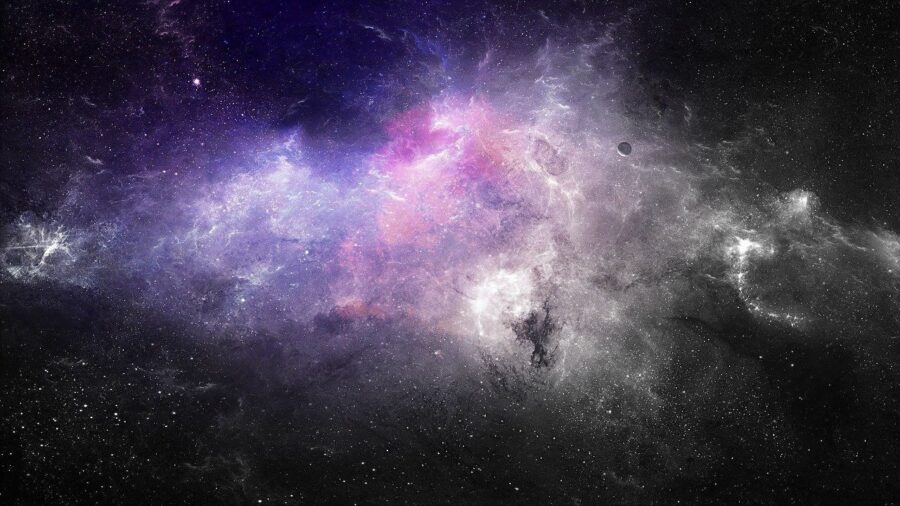Largest Cosmic Explosion Ever Observed And It’s Baffling Scientists
Scientists observed a massive cosmic explosion 100 times the size of our solar system.

Astronomers have made an exciting discovery that could change our understanding of the universe. They have identified what is believed to be the largest cosmic explosion ever observed. It began blazing in the distant universe more than three years ago. The explosion, called AT2021lwx, is a fireball 100 times the size of our Solar System.
Astrophysicist at Britain’s University of Southampton, Philip Wiseman, who is also the lead author of a new study, said that AT2021lwx was dubbed the largest cosmic explosion because it had released more energy in the last three years than a gamma-ray burst that was spotted in October 2022. Speaking via France24, he described the discovery as “accidental.”
The cosmic explosion was first seen by the Zwicky Transient Facility in California during an automated sweep of the sky in 2020. Wiseman explained that AT2021lwx essentially “sat in a database” before researchers noticed it in 2021. But it was only after astronomers examined it through more powerful telescopes that they realized the scope of their discovery.
After analyzing different wavelengths of light, they discovered that a cosmic explosion was approximately eight billion light years away. Due to the great distance, astronomers deduced that the explosion behind it must be enormous. According to Wiseman, it is estimated to be two trillion times brighter than the Sun. As such, astronomers have been exploring possible explanations.
The first theory is that AT2021lwx is an exploding star. However, the cosmic explosion is 10 times brighter than any supernova on record. Another hypothesis is a tidal disruption event, defined as a star being torn apart as it is sucked into a supermassive black hole. But AT2021lwx is still three times brighter than those occurrences.
The only comparable phenomenon in terms of light is a quasar which takes place when a supermassive black hole swallows large amounts of gas in the center of galaxies. But these events don’t produce as much light as the cosmic explosion and eventually turn into a flicker. AT2021lwx is still blazing. “This thing we have never, ever seen before. It just came out of nowhere,” Wiseman explained.

Wiseman and his team detailed the most likely cause of the cosmic explosion in the Monthly Notices of the Royal Astronomical Society. According to the scientists, AT2021lwx is a result of a supermassive black hole slowly consuming a very large cloud of gas that was 5,000 times larger than the Sun. But since there is always uncertainty in science, the team is working on simulations to confirm their theory.
One potential problem with this cosmic explosion theory is that supermassive black holes typically reside at the center of galaxies. For an explosion as massive as AT2021lwx, the galaxy would be expected to be as vast as the Milky Way. But no such galaxy has been observed in the vicinity of the explosion. “That’s an absolute puzzle,” Wiseman admitted about the pieces that don’t fit.
Nevertheless, astronomers continue to search the skies for other similar explosions that may have been missed. By identifying other cosmic explosions like AT2021lwx, astronomers may better understand the complex processes that occur in the universe and potentially solve some of the mysteries surrounding these phenomena.












